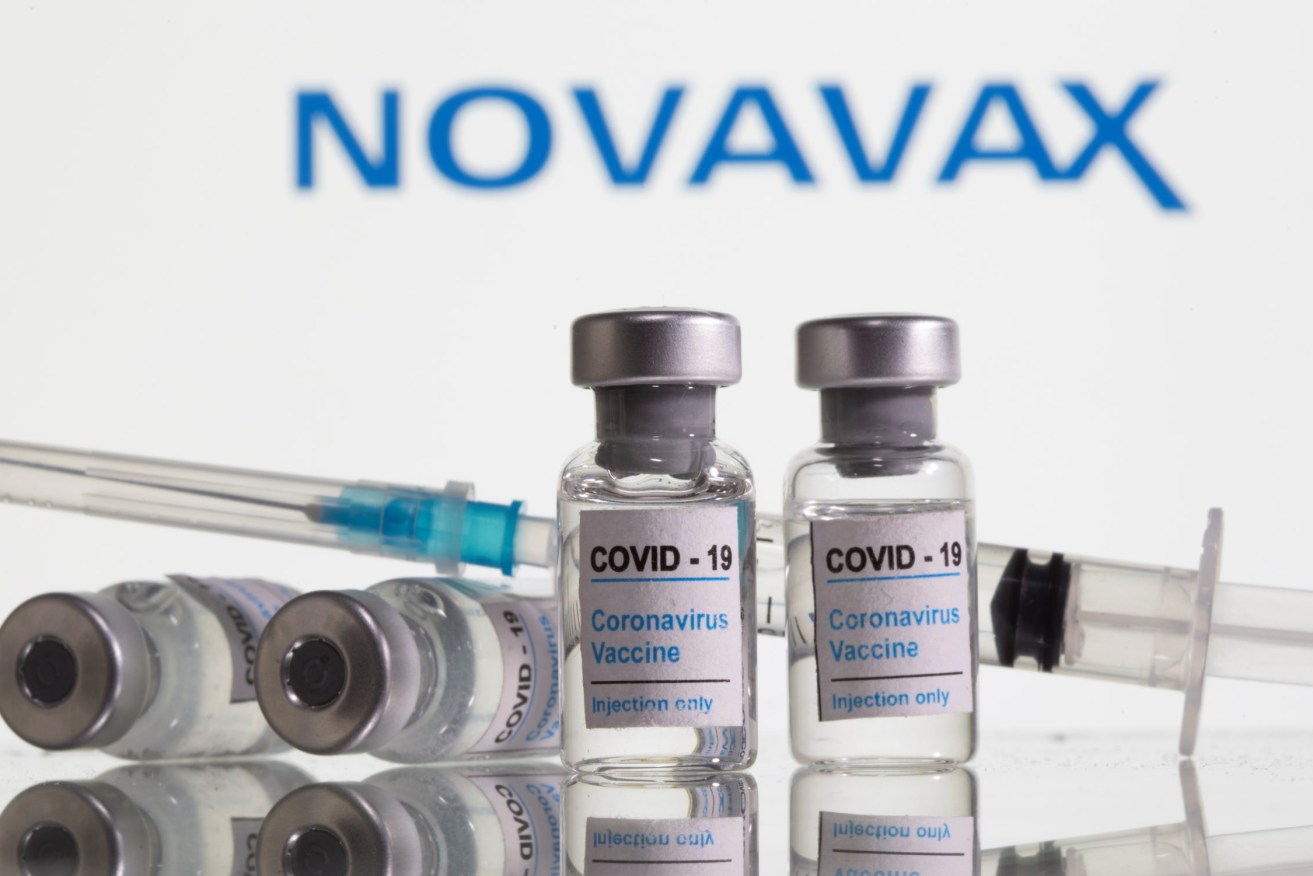- Australia approves use of Novavax vaccine
- Another 40 deaths, 52,000 cases in Victoria and NSW
- Marshall rules out five-day quarantine for COVID cases
- ‘No health advice’ for student RAT testing
- SA Health to urgently review ‘harsh’ birthing restrictions
- Firefighters bring South East bushfire under control
- Eye surgeon appointed new SA Lieutenant Governor
- Water crisis looms in tsunami-hit Tonga
- Nadal, Osaka surge into Open third round
Australia approves use of Novavax vaccine
The Novavax vaccine has been approved for use in Australia, becoming the first protein-based COVID-19 vaccine in the country’s arsenal.
Health Minister Greg Hunt said on Thursday that the Therapeutic Goods Administration had given its approval for the vaccine.
Australia has ordered 51 million doses, with the first shipment due in the coming month.
“We know that some people have waited for this vaccine, and … hopefully this will encourage those people in the last five per cent to come forward,” Hunt said.
The next stage will be approval by the Australian advisory group on immunisation.
Hunt said subject to that approval, the vaccine – which is given in two doses 21 days apart – will be made available over the coming weeks through state clinics, GPs and pharmacies.
TGA boss Professor John Skerritt said his agency was only the second major regulator in the world to approve the protein vaccine known as NUVAXOVID.
“Our dream is to turn 95 per cent (vaccination rate) into 97 or 98 per cent,” he said.
Skerritt said the company had yet to submit data relating to its use as a booster or for people aged under 18, but when a submission was made the regulator would work through it as quickly as possible.
Trials had shown the vaccine had over 90 per cent efficacy with “no strong signals of adverse events”, he said.
Protein vaccines use a non-infectious component found on the surface of the coronavirus and are manufactured in cells in a laboratory.
After vaccination, immune cells recognise the vaccine protein as foreign and launch an immune response against it.
Another 40 deaths, 52,000 cases in Victoria and NSW
Victoria has recorded 21,966 new COVID-19 cases and 15 deaths, as the interval between second and third doses shortens to three months at state hubs.
The new infections, confirmed by the health department on Thursday, include 11,693 from PCR tests and 10,273 from rapid antigen tests.
It brings the total number of active cases in the state to 246,894, which includes 1206 people in hospital, an increase of 33 on Wednesday’s figures.
The number of people in intensive care sits at 122 and there are 40 people on ventilation.
Victoria’s booster rate has risen to 27 per cent after the government immediately slashed the interval to three months at its state-run clinics on Wednesday.
NSW COVID-19 hospitalisations have dropped for the first time in five weeks, with the state also reporting 25 deaths and 30,825 fresh infections.
The state’s hospitals are now treating 2781 people, down 82 on Wednesday’s figures.
The last time the daily hospitalisations figure fell was December 13, two days out from the state’s lifting of most restrictions.
ICU patients fell five to 212 while the triple-dose vaccination rate rose to 29 per cent.
Four in five primary-school-aged children in NSW are still to receive their first dose of the vaccine.
Marshall rules out five-day quarantine for COVID cases
Premier Steven Marshall says he will not support new rules floated by the federal government to reduce the quarantine period for COVID-positive people down to five days.
The United States and England have both slashed their quarantine periods down from seven days to five for some people, with Prime Minister Scott Morrison telling reporters yesterday that similar moves were “under active consideration” in Australia.
People who test positive for COVID-19 in South Australia currently have to undertake 10 days of isolation.
Asked this morning if he would support halving the state’s quarantine period, Marshall told ABC Radio Adelaide “that’s not one that we will be signing up to”.
“We know that patients still have symptoms after five days, in fact, after seven days,” he said.
“We don’t want a whole pile of people who are infectious post contracting this disease out, getting more people infected in South Australia.
“We would literally be lighting a fire in South Australia if we allowed them to leave quarantine after five days.”
Marshall said reducing South Australia’s quarantine period down to seven days in line with other states and territories was a “possibility, but not immediately”.
“You will get more people infected at work if someone comes back early if they’ve still got symptoms after seven days,” he said.
Morrison told reporters yesterday that 30 per cent of COVID-positive people were still infectious after five days of contracting the virus.
“That (reducing the quarantine period) is a calibrated decision you’ve got to make,” he said.
“We’re going to take medical advice on that, and I know the Chief Medical Officer has many sleepless nights over this one because we ask him about it regularly, and he is constantly talking to his colleagues overseas – places Israel, UK and many other places – to to understand what the experience there is.
“If he’s in a position to tell me that we can make a change like that, then, of course, that would be something that we would proceed with.
“At the moment, that is not the advice, and until we have such advice, then I think it is prudent – because I say, we’re we’re living with the virus with balanced, sensible rules, restrictions.”
‘No health advice’ for student RAT testing
There is “no health advice” to suggest surveillance COVID testing of students should be part of the plan to safely return students to the classroom, the Premier says.
The states will discuss measures today at a national cabinet meeting to finalise plans for the return of school.
According to a report in The Sydney Morning Herald, New South Wales and Victoria are working on a shared plan to be presented to national cabinet, that could require students to take rapid antigen tests at home twice a week before class.
Asked whether South Australia was considering a similar approach, Marshall yesterday told reporters “there is still no health advice that suggests that surveillance on students is advised”.
“We’ll see what happens at national cabinet,” he said.
The Premier said state authorities were in final discussions with the Australian Health Protection Principal Committee about back-to-school requirements.
“There has certainly been no health advice whatsoever to suggest that surveillance on students would be their advice,” he said.
“I don’t know about you but I think it would be very difficult to stick one of those swabs up the nose of a student twice a week.
“I think that would be very hard going. It’s hard enough to get them to eat carrots.
“The reality is we will wait for that final advice and advise the people of South Australia.”
He did however suggest the use of rapid antigen tests could play some role in the return to school, perhaps of teachers.
“We’re using them across the public service in those critical areas,” he said.
“Obviously Health and the surveillance regime testing there… and we’re also going to be finalising our return-to-work arrangements and surveillance testing protocols for schools when they return in early February.”
The Australian Education Union SA branch executive has recommended a teacher strike on February 2, the first day of the new school year, over safety concerns about the return of face-to-face learning.
SA’s staggered approach will see students in preschool, reception and years 1, 7, 8 and 12 return to the classroom on that date, with students in other years levels working online from home, until February 14 when all year levels are expected back in the classroom.
Union members are being asked to vote on the planned strike, with a ballot due to close on Monday.
– Jemma Chapman
SA Health to urgently review ‘harsh’ birthing restrictions
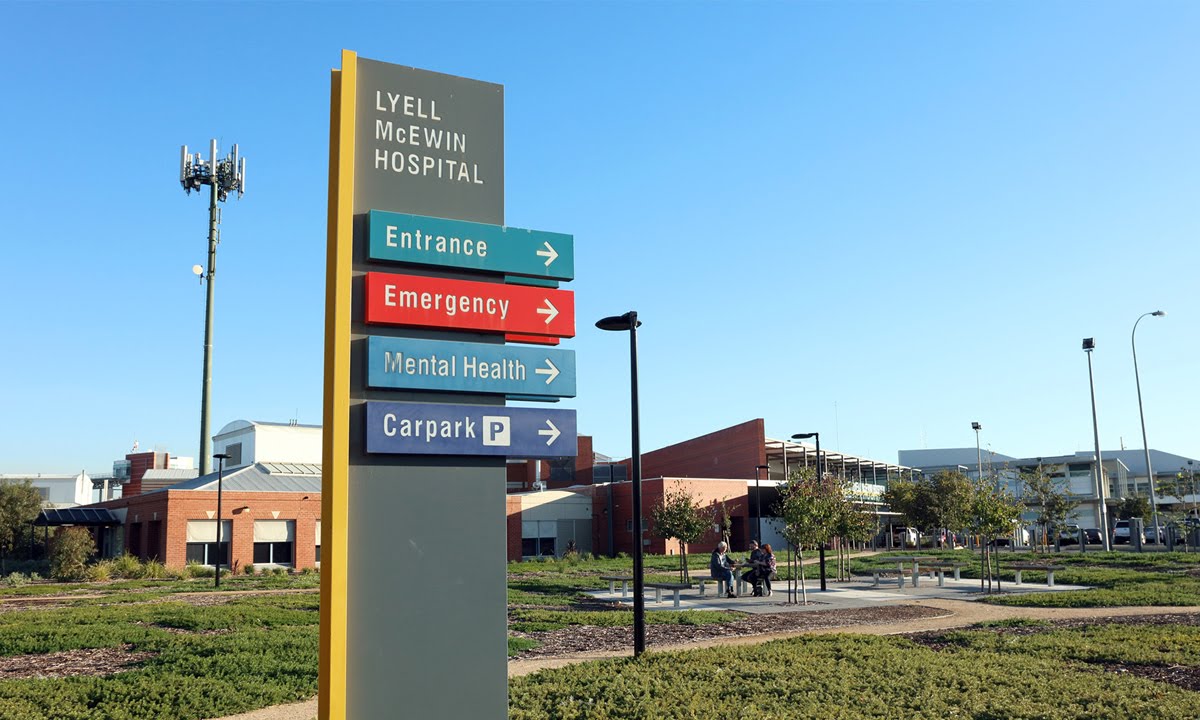
Photo: Tony Lewis/InDaily
Premier Steven Marshall has ordered an urgent review of “harsh” new restrictions at an Adelaide hospital that ban new mothers from having their partner stay for longer than four hours after birth.
Under new rules announced by the Lyell McEwin Hospital last week, expectant mothers are only allowed to have their partner or support person present while in active labour, or when their cervix dilates past four centimetres.
Partners or support people are only allowed into the hospital if they return a negative rapid antigen test result and must leave four hours after their baby’s birth.
The Northern Adelaide Local Health Network, which oversees the Lyell McEwin Hospital, says the restrictions are needed due to the size of the hospital, lower vaccination rates in Adelaide’s north and concerns about the potential spread of COVID-19.
The hospital says exceptions are made for compassionate reasons.
But Marshall told reporters yesterday that he was “not really that pleased with the settings that are being put in place” and had asked SA Health to conduct an “urgent review”.
“They (the restrictions) seem pretty harsh,” he said.
“I can’t imagine not being at a partner’s side during such an important time in their lives.
“Obviously, they’re doing this at the Lyell McEwin Hospital to reduce risk to patients and to the hospital setting more broadly – that’s top of mind for them.
“It is temporary, but I think it is very tough, especially for people who are giving birth.”
Asked if he had the power to direct the hospital to relax its restrictions, Marshall responded: “it would be, I think, a brave politician to override clinical advice that’s going to impact a patient”.
Opposition leader Peter Malinauskas has also called for the restrictions to be relaxed to allow a partner or support person to be present for the entirety of the mother’s stay in hospital.
“We all understand the need for COVID-19 restrictions, but surely a common sense approach can be applied in this instance,” he said.
It comes as more than 22,000 people sign an online petition calling for an end to the restrictions.
Firefighters bring South East bushfire under control
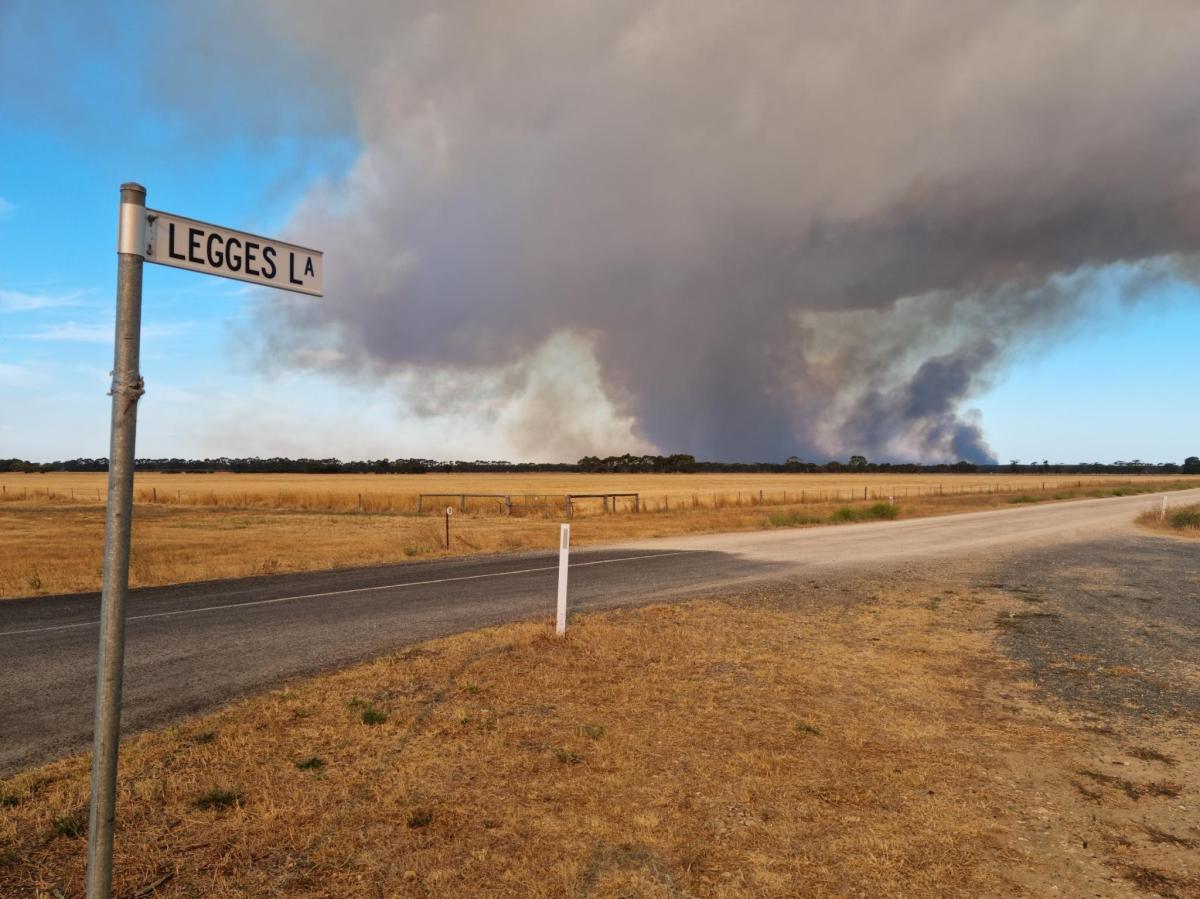
Photo: Nick McBride
More than 165 firefighters have worked overnight to halt the spread of a bushfire near Lucindale in the state’s lower South East.
The fire at Coles started at about 1pm yesterday and burnt through nearly 2000 hectares of forestry plantation and nearby scrub before it was brought under control by Country Fire Service crews overnight.
There has been no reported property damage.
The CFS has advised those living in Coles near Elad Road to stay on alert and monitor ongoing conditions.
Further crews will be brought in today to continue working along the fires perimeter and to actively fight any areas that may flare up due to the today’s forecasted hot weather.
Reminder: TOTAL FIRE BANS have been declared for Thursday 20 January 2022 in the following Fire Ban Districts:
Lower Eyre Peninsula – Severe
Mount Lofty Ranges – Severe
Lower South East – Severe pic.twitter.com/m766q02Ok7— Country Fire Service (@CFSAlerts) January 19, 2022
In a statement this morning, the CFS said increasing temperatures and wind over the next two days is expected, which could hinder the efforts of crews on the ground.
“The community is reminded to stay vigilant and monitor conditions throughout the next few days as it’s expected that the conditions will continuously change,” the CFS said in a statement.
Eye surgeon appointed new SA Lieutenant Governor
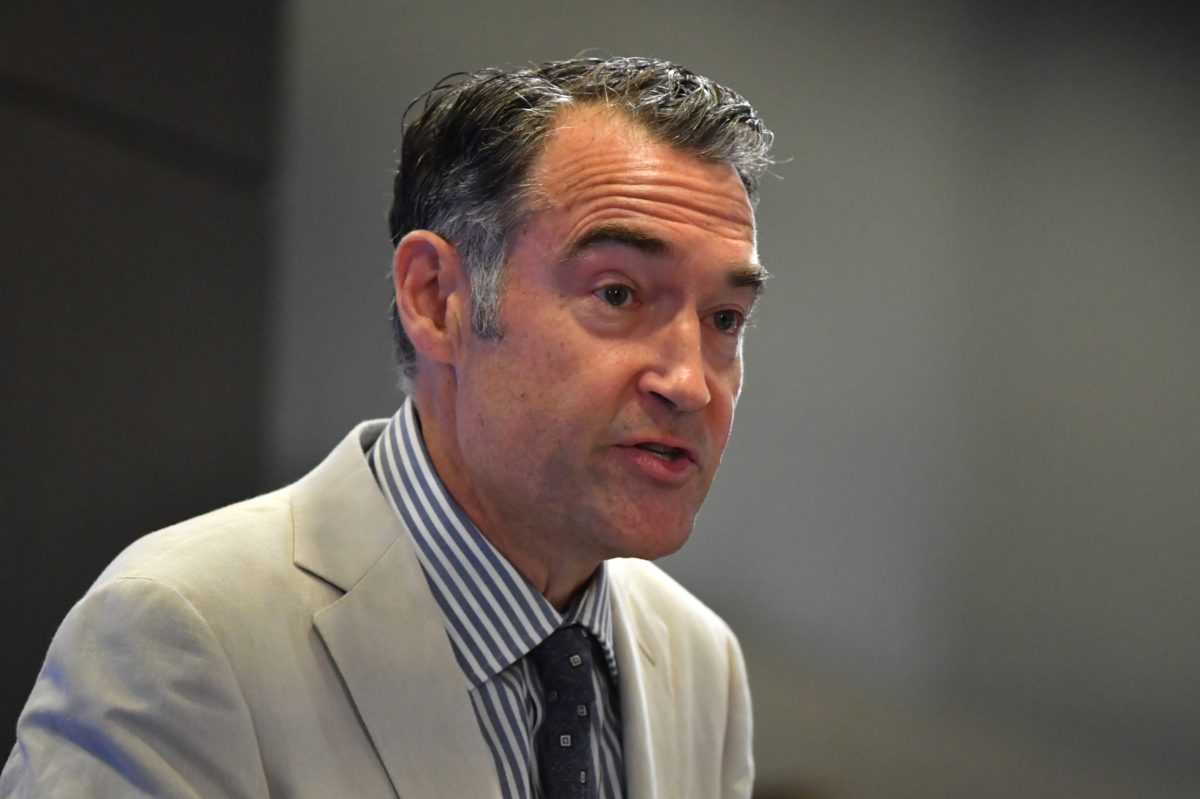
2020 Australian of the Year Dr James Muecke has been appointed SA’s next Lieutenant Governor. Photo: Mick Tsikas/AAP
Former Australian of the Year and prominent eye surgeon James Muecke has been appointed South Australia’s next Lieutenant Governor.
Muecke will take over from current Lieutenant Governor Professor Brenda Wilson on January 27.
He was appointed Australian of the Year in 2020 following a 30-year career dedicated to fighting blindness across the world.
The Lieutenant Governor is appointed by the Governor for a term “during the Governor’s pleasure”.
They are the first person called upon to act as the vice-regal representative in the absence of the Governor, but the role in itself does not carry any specific duties or powers.
Premier Steven Marshall described Muecke as “one of South Australia’s favourite sons” and “a true pioneer in blindness prevention”.
“The 2020 Australian of the Year comes to this role with a wealth of national and international experience, and I very much look forward to working with him,” he said.
Water crisis looms in tsunami-hit Tonga
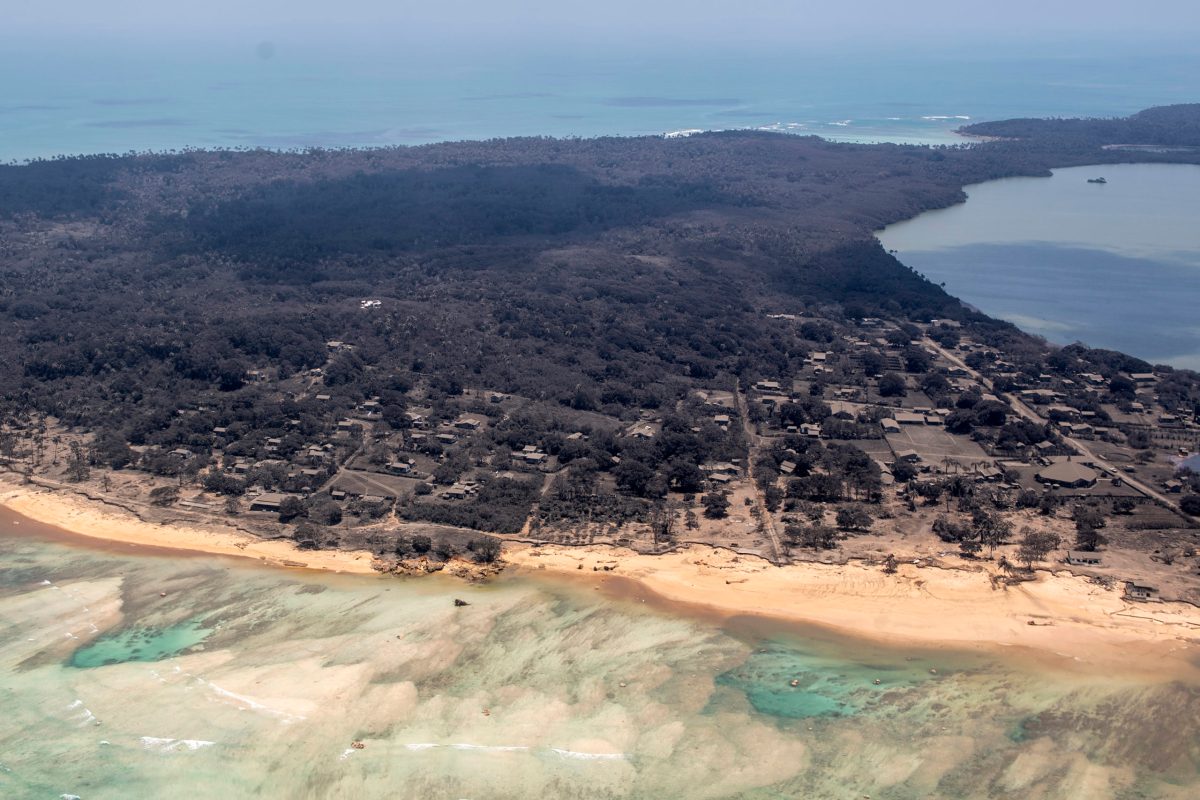
Volcanic ash covers roof tops and vegetation in an area of Tonga. Photo: New Zealand Defence Force via AP
Two New Zealand navy vessels are set to arrive in Tonga tomorrow carrying critical water supplies for the Pacific island country reeling from a volcanic eruption and tsunami.
At least three people were killed and hundreds of homes in Tonga’s smaller outer islands destroyed after Saturday’s huge eruption triggered tsunami waves that rolled over the islands, home to 105,000 people.
With Tonga’s airport smothered in volcanic ash and communications hampered by the severing of an undersea cable, information on the scale of devastation has come mostly from reconnaissance aircraft.
But photographs posted on social media revealed more of the devastation on Wednesday, showing coastal areas where trees and buildings had been swept away and neighbourhoods covered with a thick coating of ash.
People worked together to clear the debris and inspect the ruins of their homes.
The Red Cross said its teams in Tonga had confirmed that salt water from the tsunami and volcanic ash were polluting the drinking water of tens of thousands of people.
“Securing access to safe drinking water is a critical immediate priority… as there is a mounting risk of diseases such as cholera and diarrhoea,” Katie Greenwood of the International Federation of Red Cross and Red Crescent Societies said.
New Zealand said Tonga had agreed to receive two of its ships – the Aotearoa and the Wellington – despite concerns about importing a COVID-19 outbreak that would exacerbate its crisis.
Simon Griffiths, captain of the Aotearoa, said his ship was carrying 250,000 litres of water along with other supplies and had the capacity to produce another 70,000 litres a day.
A Tongan official said it might be possible for aid flights from New Zealand and Australia to begin on Thursday.
Australian Prime Minister Scott Morrison said he spoke with Tongan Prime Minister Siaosi Sovaleni.
He said two Hercules aircraft were ready to go with humanitarian supplies and telecommunications equipment, and that a naval ship, the Adelaide, was preparing to depart from Brisbane with water purification equipment and additional humanitarian supplies.
Australia is deploying HMAS Adelaide to support our Tongan partners in responding to the volcano & tsunami devastation. Urgent supplies will be transported to help displaced people & restore comms. ?? is working with partners including ????&?? to support our Pacific family. pic.twitter.com/8YdXfPzCvh
— Marise Payne (@MarisePayne) January 19, 2022
Australia and New Zealand have also promised immediate financial assistance.
China said it would send help including water and food when the airport opened.
Nadal, Osaka surge into Open third round
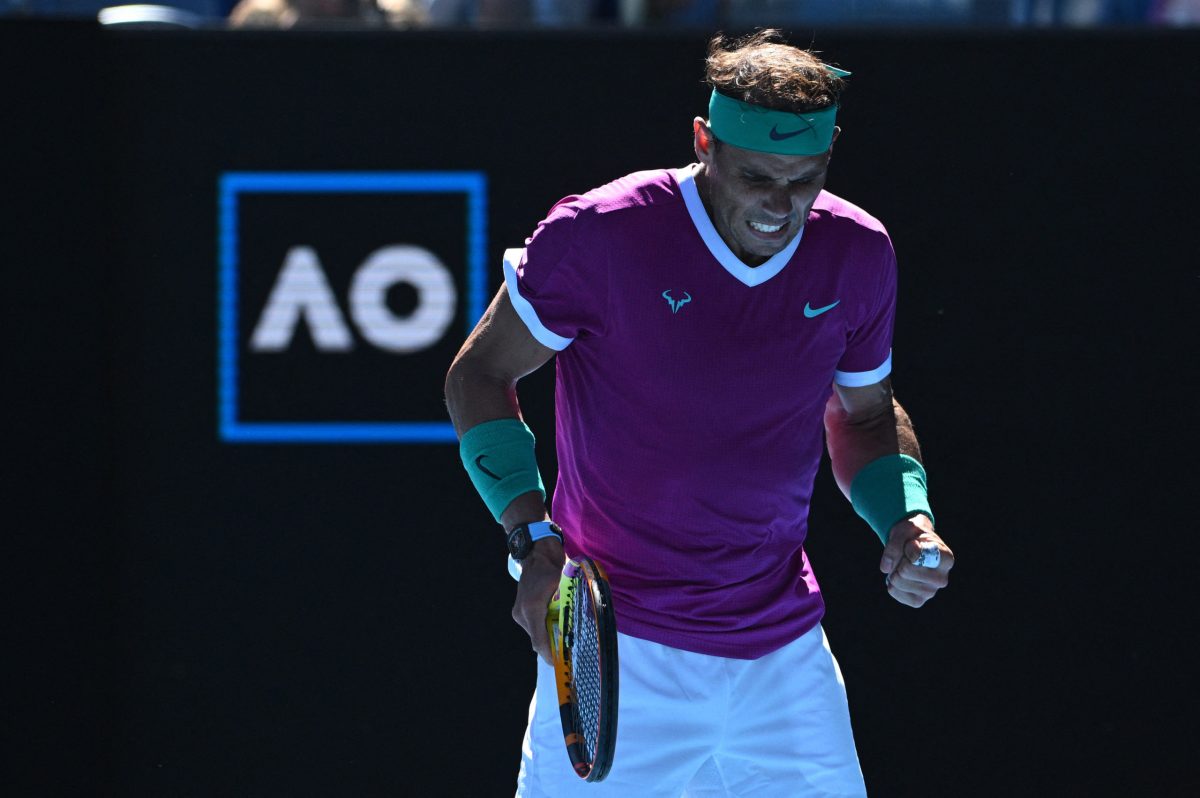
Rafael Nadal during his second round match at the Australian Open. Photo: Dubreuil Corinne/ABACA
Rafael Nadal’s bid for a record 21st men’s grand slam has continued apace as Naomi Osaka edged ever closer to a blockbuster Australian Open fourth-round clash with Ash Barty.
Defending champion Osaka breezed through her opening set against American Madison Brengle in just 20 minutes but had to push through her own errors and recover from a break down in the second to prevail 6-0 6-4.
Osaka responded to the loss of her service game by immediately breaking back and brilliantly reeling off the final nine points of the match and reflected on the moment as the type of experience she needed.
“In that moment (getting broken) of course I was really disappointed with myself,” she said.
“But I also think these are the type of matches that I need to play in grand slams to get broken and to figure out a way to fight back in really crucial times.
“I thought that for me I kind of rushed a lot in that specific service game, and you could kind of tell I was a bit shaky.
“I made a double fault where I really shouldn’t have made a double fault. But I tried to shake that off in the return game right after, and I think I did pretty well there.”
Osaka will next take on Amanda Anisimova, who stunned No.22 seed Belinda Bencic in straight sets, for a chance to face either Barty or 30th seed Camila Georgi in the final 16.
Meanwhile, Nadal swept aside qualifier Yannick Hanfmann to secure his 16th appearance in Melbourne Park’s third round, his 18-year-old compatriot blitzed Dusan Lajovic to reach the milestone for the first time.
World No.5 Nadal is the only player who can claim a record 21st men’s grand slam singles crown this month, amid Roger Federer’s injury-enforced absence and Novak Djokovic’s dramatic deportation.
A scratchy Nadal defeated gritty German Hanfmann 6-2 6-3 6-4 at Rod Laver Arena to secure a match-up with either 28th seed Karen Khachanov, who beat Benjamin Bonzi.
-With AAP and Reuters
